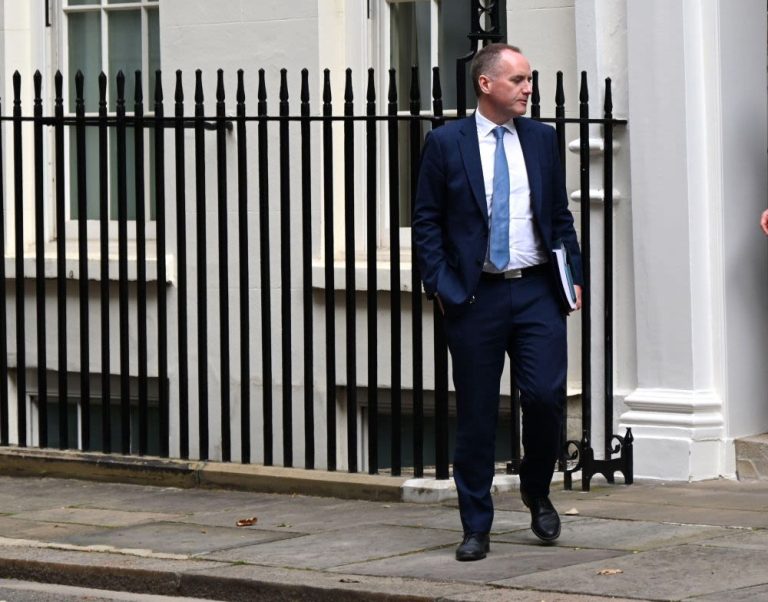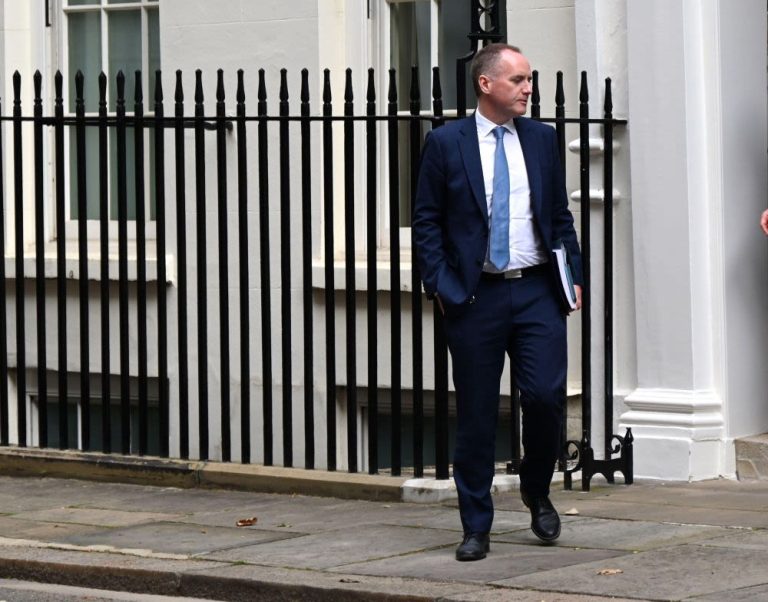
Recent economic data have reignited market anticipation for an imminent cut to the Bank of England’s base rate. On Friday, the Office for National Statistics (ONS) revealed that the UK economy contracted by 0.1% in May, marking the second consecutive month of negative growth. This “flatlining” GDP print has prompted economists to ramp up forecasts for an interest rate reduction at the Monetary Policy Committee’s (MPC) next meeting on August 7.
“Almost certain” August rate cut
Deutsche Bank’s chief economist, Sanjay Raja, told City A.M. that a rate cut in August is “almost certain.” He added that “more cuts are likely to follow” in the final quarter of the year. According to Raja, the combination of disappointing GDP figures and a resilient—but not runaway—inflation backdrop has shifted the MPC’s stance from “careful containment” to “targeted easing.”
Since peaking at 5.25% in late 2023—the highest level post–global financial crisis—the Bank rate has been trimmed twice, falling to 4.25% in May. However, the June MPC meeting saw policymakers hold rates steady, citing the need to “squeeze out persistent inflationary pressures” amid rising energy risks from the Israel–Iran flare-up. Despite this caution, the latest growth data may have tilted the balance in favour of looser monetary policy.
Pantheon Macroeconomics on board
Rob Wood, chief UK economist at Pantheon Macroeconomics, noted that the “headline GDP disappointment” will keep market-implied probabilities of an August cut elevated. Wood pointed out that upcoming Consumer Price Index (CPI) and labour market releases are now the “only barriers” to a rate reduction. If inflation continues its gradual descent towards the 2% target and unemployment remains stable, the path to lower borrowing costs will clear.
MPC divisions laid bare
The June MPC vote exposed divisions within the committee. Three of the nine members—external members Swati Dhingra and Alan Taylor, along with Deputy Governor Dave Ramsden—backed a 25 basis point cut, while the majority opted to hold. At the previous meeting in May, Dhingra and Taylor even pushed for a more aggressive 50 bps reduction. In contrast, Chief Economist Huw Pill and Catherine Mann voted to maintain the rate, prioritising vigilance against inflationary risks.
This split underscores the MPC’s “careful and gradual” approach to monetary policy. While policymakers recognise the slowdown in growth and the need to support the economy, they also must guard against reigniting inflation. Geopolitical tensions—including trade disputes involving the United States and Middle East instability—add a layer of uncertainty to the MPC’s decision-making.
Energy prices and inflation outlook
Energy prices remain a key wildcard. Any further spike in global oil and gas costs could counteract monetary relief by stoking inflation. Yet economists argue that the recent conflict in the Middle East, while adding upside risk to energy, may not derail the broader disinflation trend. Investors will be watching the upcoming June CPI report closely to assess whether price pressures are truly easing.
Regional disparities and consumer resilience
Analysts also flag regional economic disparities across the UK. While some areas show signs of robust consumer resilience, others struggle with stagnant wages and high living costs. A rate cut could ease mortgage payments for many households, but its impact will vary by region and income level. Mortgage borrowers stand to benefit most, with lower monthly repayments, whereas savers will likely see reduced deposit rates.
Medium-term forecasts
Investec’s economist Ellie Henderson expects GDP to return to modest growth in the second half of the year, albeit “not at record-breaking pace.” According to Investec’s forecasts, the Bank rate will eventually settle around 3% by mid-2026, balancing support for recovery with protection against fresh inflationary shocks. Henderson notes, “Falling interest rates look set to underpin activity, but looser financial conditions may also fuel asset price growth and exacerbate inequality.”
Looking ahead to August 7
With the next MPC meeting on August 7 just weeks away, market participants are bracing for a shift in tone. A rate cut would signal a new phase of monetary accommodation—designed to reinvigorate investment, spending and hiring. Yet the MPC’s cautionary wording suggests that any easing will be calibrated and dependent on fresh data. The Bank of England must thread a narrow path between rekindling growth and safeguarding price stability, all while navigating a complex global landscape.
As the UK’s economic outlook hangs in the balance, households and businesses will be watching the MPC’s every move. With the spectre of recession looming and inflation still above target, the decision to cut rates—or stand firm—will reverberate across the economy. The question now is not whether a rate cut will happen, but how sizeable and sustained it will be in the months that follow.




